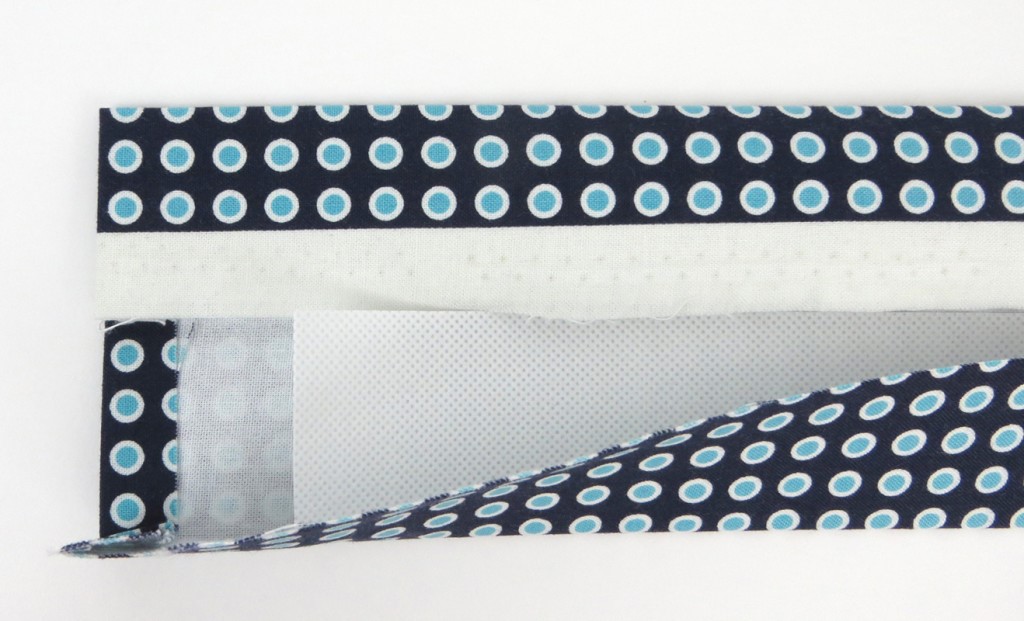 A variety of fabrics allows you to choose belts for any dress or skirt. Everyone can choose the color, width and original finish to suit their taste. Sewing fabric belts yourself is quite simple, and a huge selection of accessories allows you to bring your wildest ideas to life.
A variety of fabrics allows you to choose belts for any dress or skirt. Everyone can choose the color, width and original finish to suit their taste. Sewing fabric belts yourself is quite simple, and a huge selection of accessories allows you to bring your wildest ideas to life.
What do you need for a fabric belt?
 Materials:
Materials:
- Fabric, 150 cm wide, length equal to twice the width of the belt, plus seam allowances.
- Pad. This can be rep tape, a thick adhesive pad folded in several layers, or a bead.
- Buckle.
- Other accessories.
Measurements
To create a pattern, we need to measure the waist circumference, and we also need to know the estimated width of the belt.
Types of fabric belts (belts)
Depending on the method of fastening the belt, we We can distinguish several types of belts.
Belts with fittings for fastening:
- with a buckle or its elements, rings;
- Velcro;
- on buttons, buttons, hooks.
Spare belts:
- one-piece ties;
- the ties are stitched to the main part.

Mixed belts. On one side of the product there is a tie, on the other there is a ring of accessories.
Important! If you plan to sew a tie pattern, you will need more fabric.

How to sew a fabric belt with your own hands?
We sew a fabric belt with a buckle and a stiff fabric lining.

Cut on fabric
After taking measurements you need to:
- We add 30-35 cm to the waist volume. This is necessary for a loose fit, as well as fastening the buckle.
- If possible, we do it not with a long edge seam, but with a fold.
- The width of the workpiece in this case is equal to double the width of the belt, plus 1 * 2 cm allowances.
- Fold the gasket in half.
- We do not make allowances for the gasket.
- We additionally duplicate the material with non-woven fabric. Its width is equal to that of the blanks, and its length is 2.5-3 cm less.
- We place the interlining behind the fabric, not reaching an equal distance along the edges.
- Iron the interlining.

- We bend the edges and iron them.
- Fold our belt in half, seam allowances inward, and iron.

- We fold the seal in two layers.

Important! We remember that the workpiece made from it should be several mm smaller than the base material in width, and 5-6 cm shorter in length.
- We put a sealant inside the main product, for which we unfold the main ironed workpiece.


- We place a rigid seal at one end of the belt; at the other it is a little short.
- We close our workpiece.
- Iron it.
- We sew to the edge on all sides.
If the fabric is not long enough
If the belt is long, then cut out the belt blanks in half length.
- We fold the blanks face to face at an angle of 90 degrees.

- Sew along the corner from edge to edge.
- We cut the corner.

- We straighten the material, we have a long, even strip.
- Iron it.
- We work as usual.
- We duplicate the wrong side with non-woven fabric.
Sew the belt to the buckle
 Stages of work:
Stages of work:
- We thread the unconsolidated area inside the buckle.
- Sew a pair of parallel lines perpendicular to the long seam.
- If the buckle has a tongue, then you need to make a hole by placing a block, or by sewing tight stitches on your hands.
If desired, these operations can be done manually using a decorative stitch.

It is also possible to sew a belt from two parts of different structure.


When purchasing material for a dress, skirt or blouse, make a small supply of fabric to sew a belt decorated to your liking. This will bring any image to life.





 0
0





